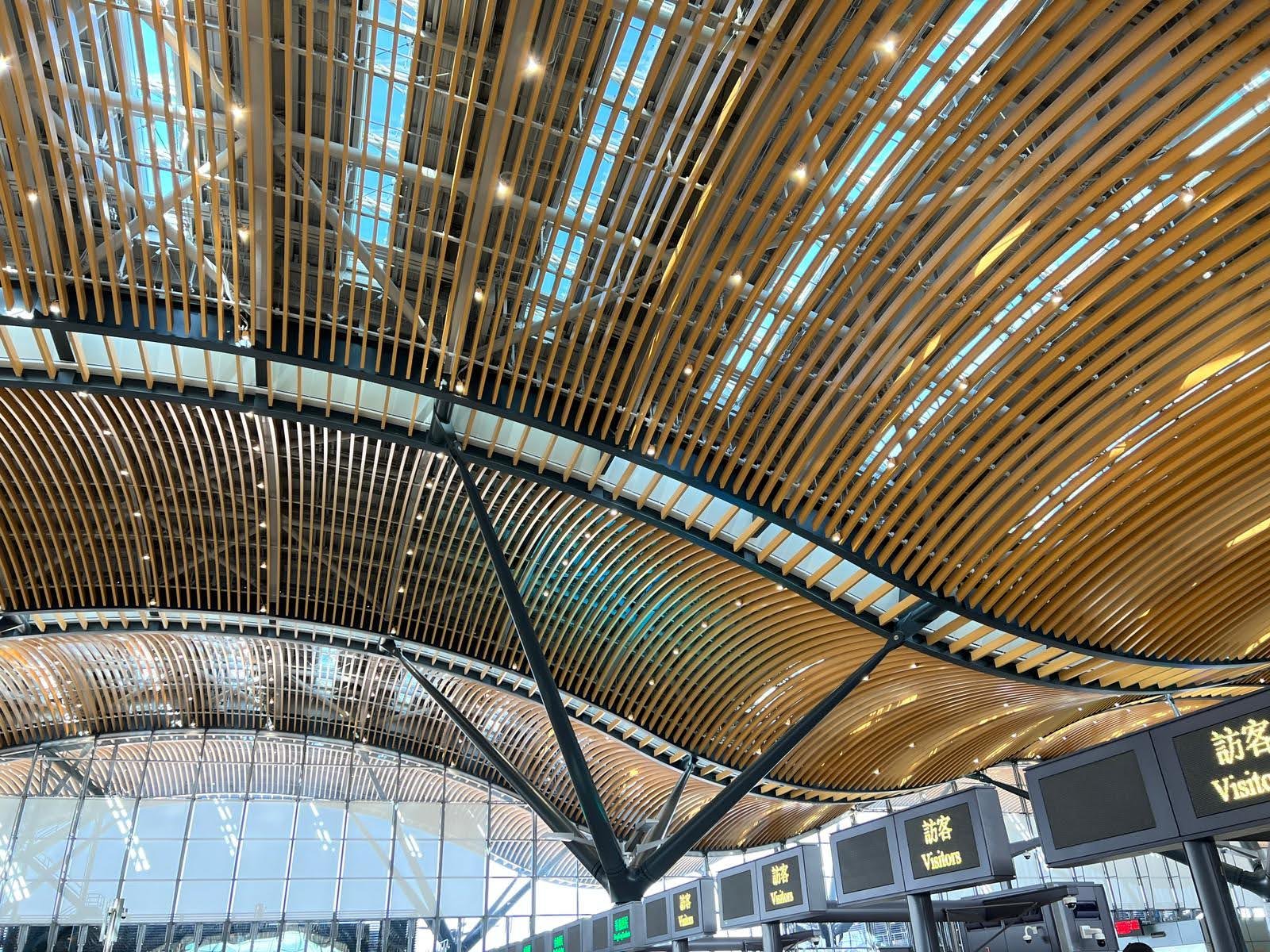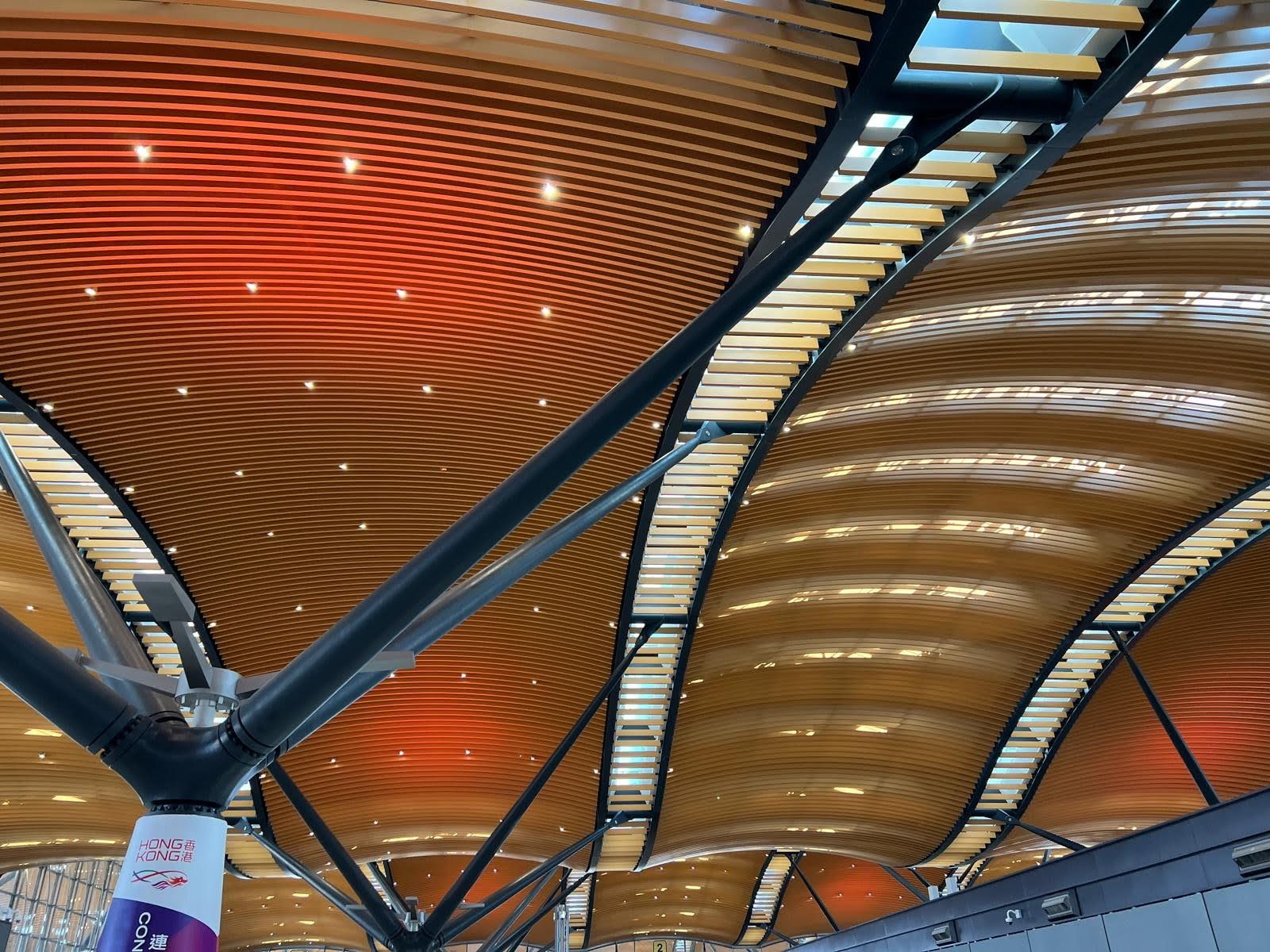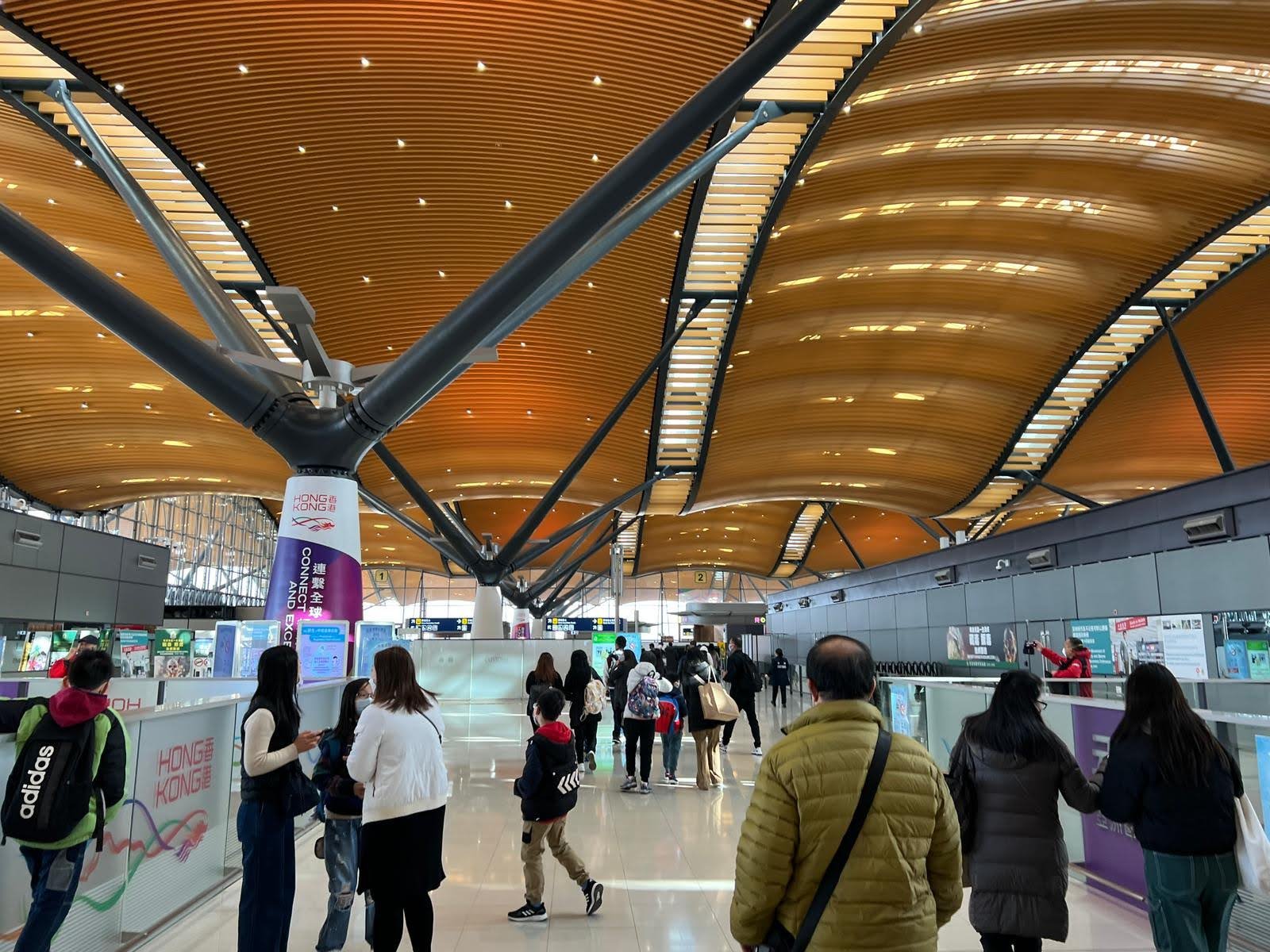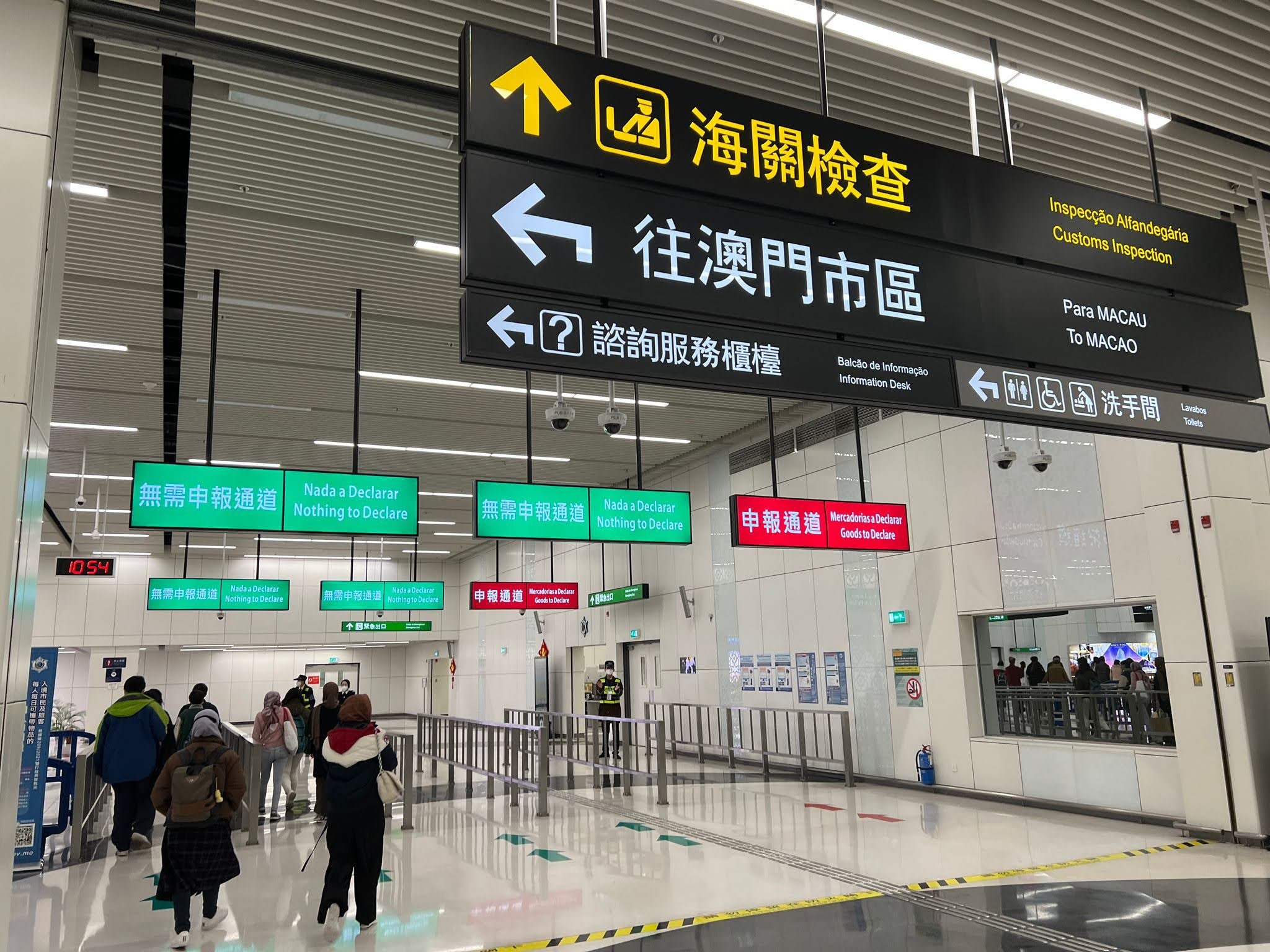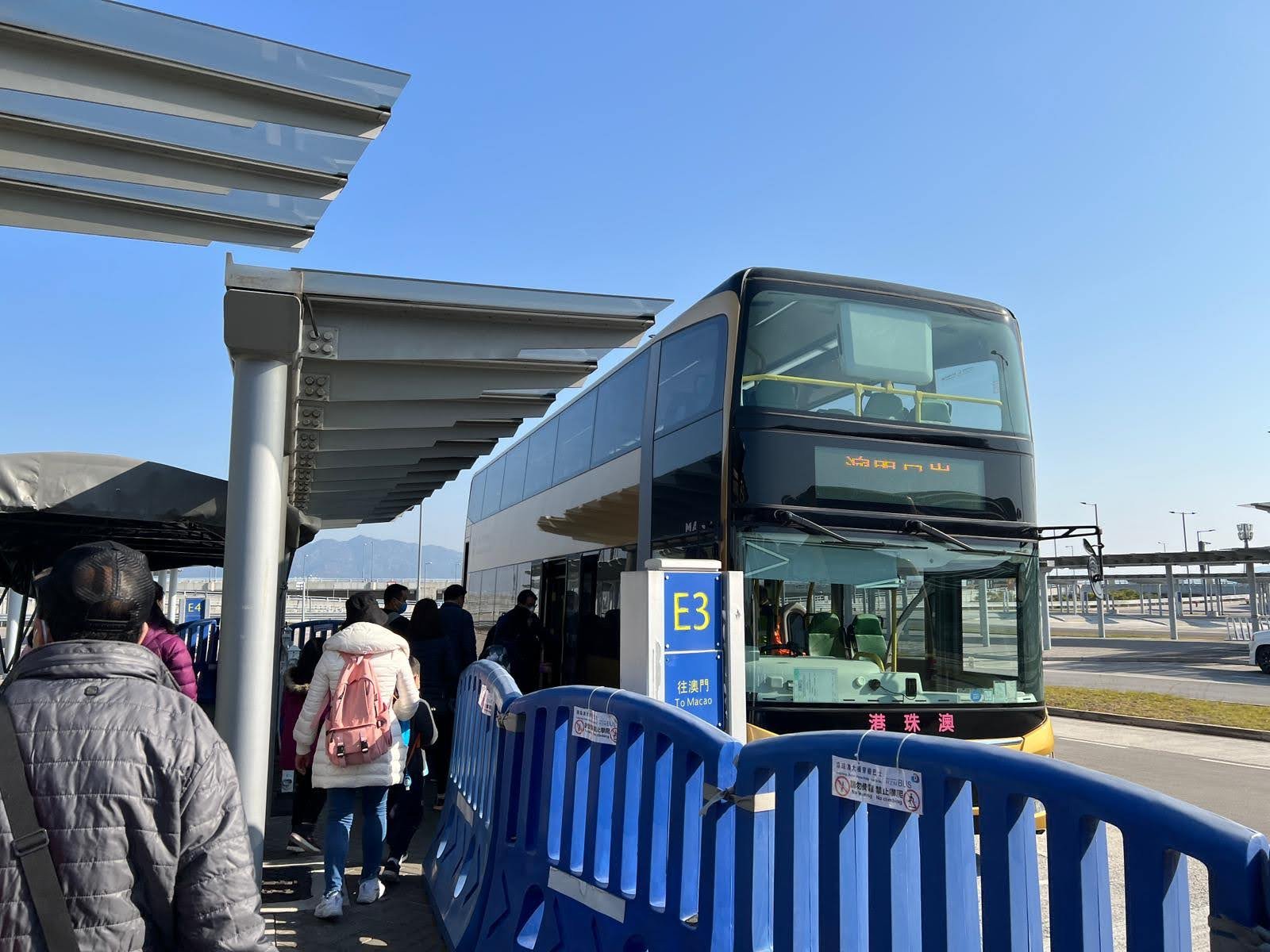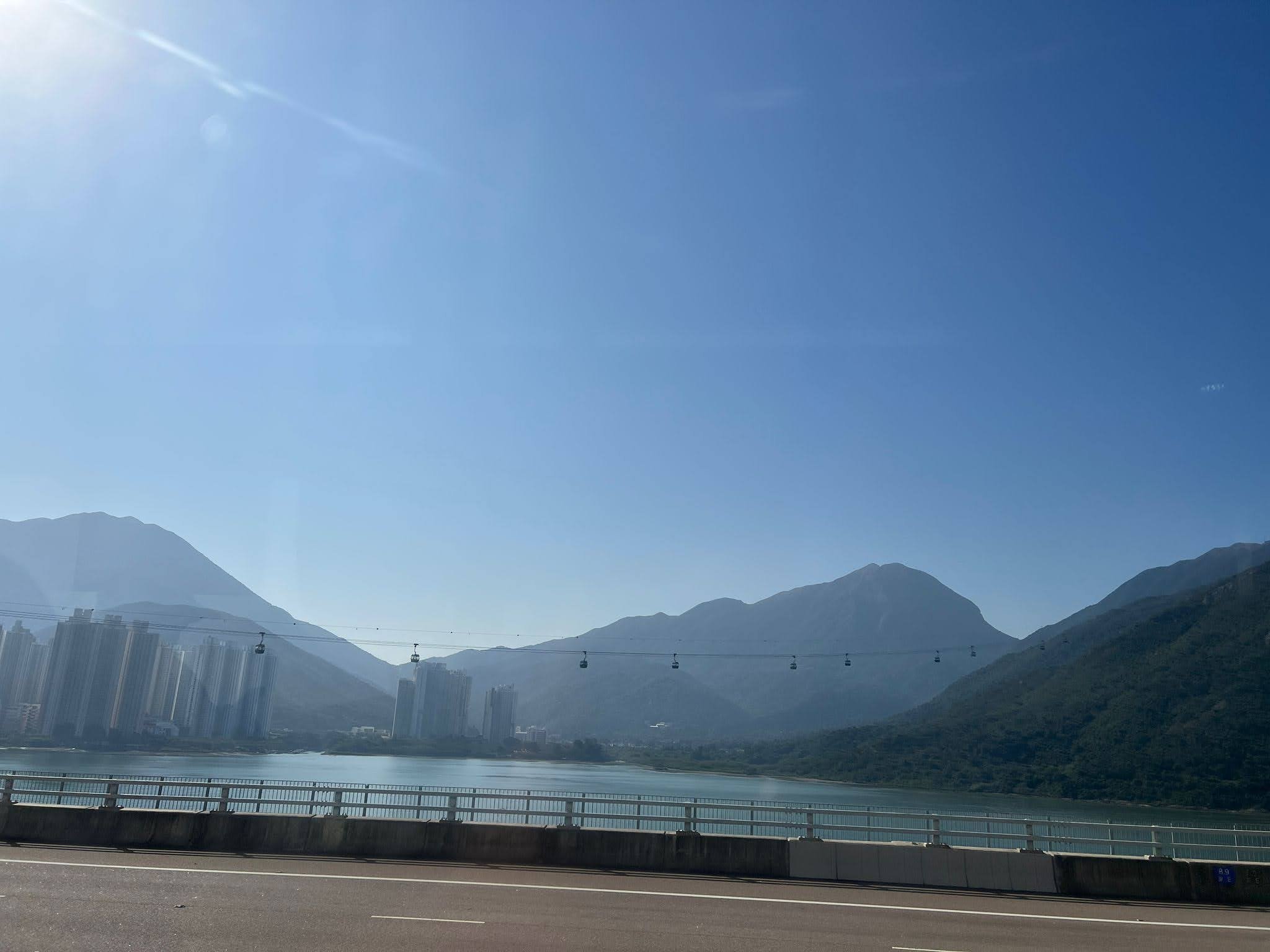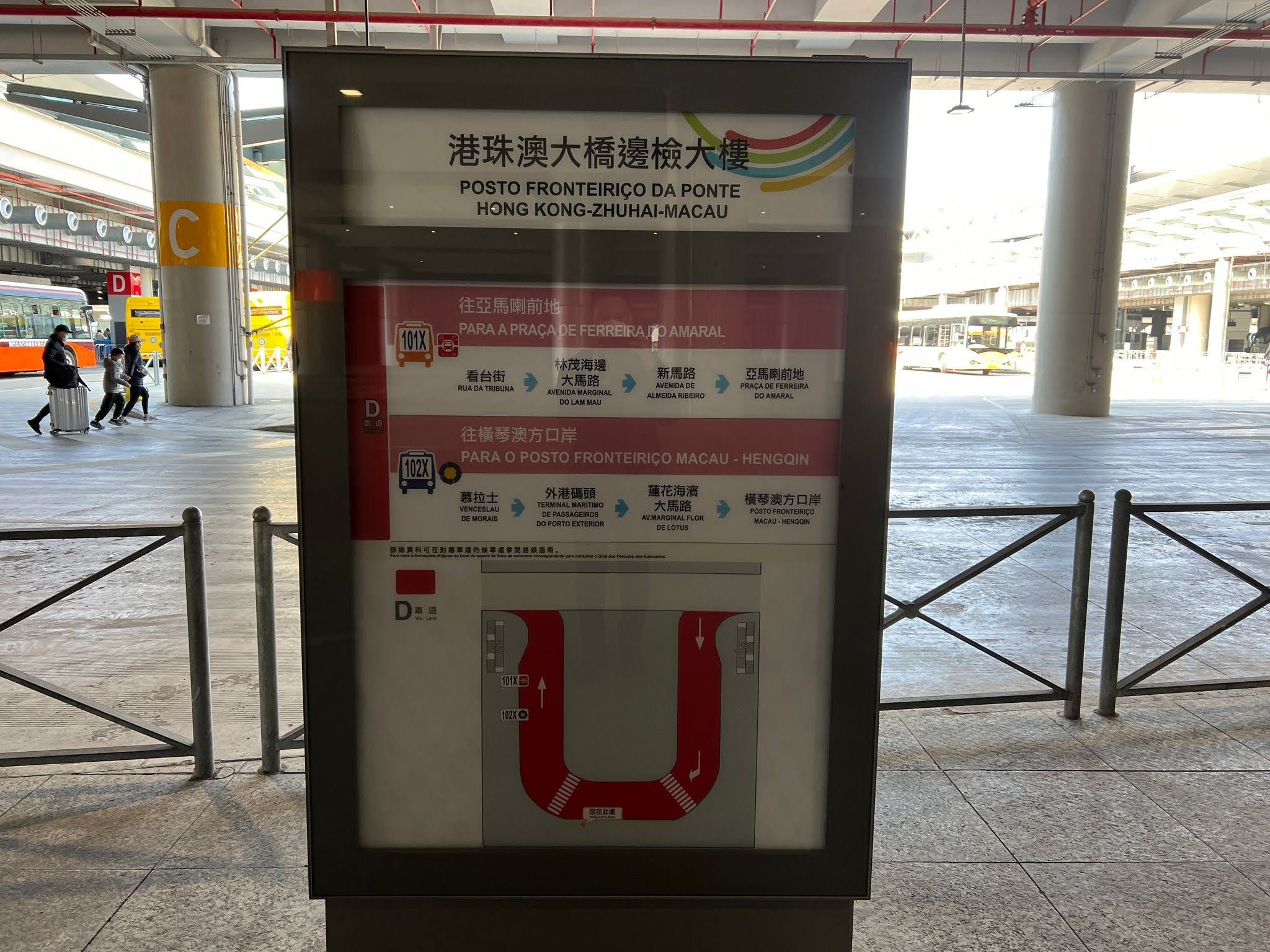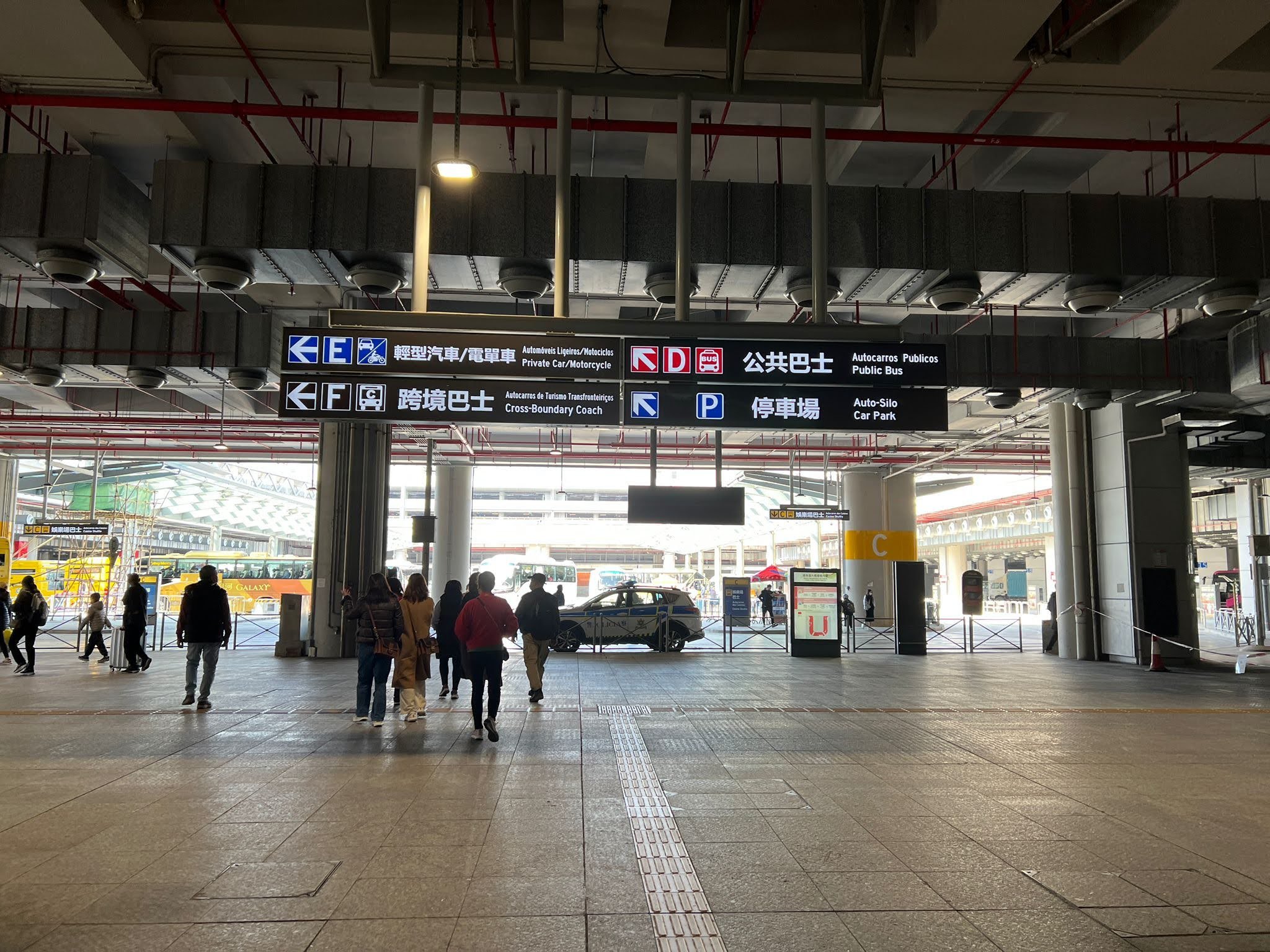Hitching a ride on the world’s longest sea crossing from Hong Kong to Macau
In 2018, the combined authorities of the Hong Kong and Macao Special Administrative Regions (SAR) and Zhuhai opened the Hong Kong-Zhuhai-Macau Bridge (HKZMB/HZMB) at a cost of USD 18.8b. A massive feat of engineering, and great expense, drastically cut down the cost and amount of time it took to travel between these three key cities in the Pearl River Delta. Here’s what it took to get across to Macao.
Many thanks to Instagram/@lloydnunag for taking these pictures.
It’s a logistical challenge
Beyond the structural difficulty of building a crossing that spans 55km, there is the legal logistical difficulties of administering the infrastructure. While all three cities are technically part of the People’s Republic of China, the status of the two SARs gives them significant autonomy compared to Mainland cities - particularly over immigration. This means that the crossing is maintained concurrently by three different government agencies of the respective cities.
Another legacy of colonial rule is the different traffic rules, Hong Kong and Macao drive on the left as per the UK, while the Mainland drive on the right. As the bridge was built by Mainland organisations, it is set-up to follow Mainland regulations so there is a merging conversion for drivers who are heading from the SARs onto the bridge.
Then there is the actual difficulty of driving a private car on the crossing. Unlike the European Union, for example, you cannot cross the border into Mainland China from Hong Kong or Macao with number plates from the SAR. As such, to drive on the crossing you need to have both SAR and Mainland number plates - as well as a Mainland driving licence to go to Macao. In addition, you must also receive a permit to drive through the bridge if going to either Macao and Zhuhai. In short, it’s a messy process - and one would think that three governments from the same country would be able to work out a smoother method of integrating the setup. Unless you are doing the drive everyday, a private vehicle owner on an infrequent trip to another city is unlikely to bother jumping through the many hoops.
But there is a solution
Coaches! Thanks to the bureaucratic hurdles of travelling on the crossing, many are opting to take the easier route and buying coach tickets to cross the boundary. People are either parking their cars at a co-located car park or arriving by other means. This is exactly what we did.
Getting to the departure terminal
Unlike much of the rest of Hong Kong, the HKZMB departure terminal is pretty disconnected from the remainder of the city’s transportation network - particularly with no link to the MTR. This is quite the oversight.
The primary way of getting to the departure terminal from popular points is Hong Kong is by using franchised bus services. Citybus are the primary operator to areas such as Kowloon and Central. A full schedule of services can be found on the Hong Kong Transport Department’s website here.
Alternatively, you could take the MTR Airport Express to Hong Kong International Airport and either take a bus or taxi to the HKZMB Departure Terminal.
Taking the ‘Golden Bus’ to Macau
Once at the terminal, you complete all required formalities for cross-boundary travel. Tickets can be purchased at the terminal or, to save time, on the WeChat mini-app from the HZMB Bus website here.
The terminal itself is closer to an airport than your usual bus station - an impressive woven roof structure that is quite reminiscent of Madrid Barajas Airport
Exit formalities for Hong Kong are completed at this terminal, as well as the entry formalities for Macao - or Mainland China if heading to Zhuhai. This is noted by the change in signage between the Hong Kong and Macao side, with the latter featuring their little used co-official language - Portuguese. All required customs checks are also completed here.
While the terminal is reminiscent of an airport, the food and beverage facilities are far more limited. I recommend taking at least some water, if not some snacks if you’re likely to get hungry.
The primary operator of shuttle services to Macau is HZMB who are recognisable by their Golden Buses.
They use a combination of coaches, single and double-decker buses for passengers travelling between the cities. Most appeared to be modern vehicles and, on this particularlar coach, featured USB charging for mobile devices.
Once on the road, the journey to Macao takes approximately one hour - with constraints on the number of crossings and the number of formalities - this is unlikely to be slowed down by traffic.
Travel to Macau is smooth - and cheap. Tickets cost CNY 58 - or just GBP 7 return. This combined with far more departures from both Hong Kong and Macau make it a convenient option. The arrival terminal in Macau are connected to the bus transit system in the city, taking around 15 minutes to get into the centre of the city.
How does the HKZMB compare with other options to Macau?
Prior to the introduction of the sea crossing, the most common way to travel to Macau was using a ferry service by companies such as Cotai Water Jet. I did this during my Hong Kong visit in 2018.
There are benefits to this namely:
In-town departure with a terminal in Kowloon, rather than out of town
Better connectivity to the MTR and public transport network - or even in walking distance of many popular tourist attractions
Some negligible points:
Immigration formalities are more ‘normal’ e.g. Hong Kong exit immigration in Hong Kong, Macau entry immigration in Macau port
Marginally faster than the bus option
The amount of time waiting around at the port is the same as the bus terminal
While the negatives are:
Prices are 3.5 times more expensive for the ferry option (around 200 HKD/GBP 20)
Far fewer frequencies which mean that you can’t just hop on an earlier service or depart a little later
Other options include a helicopter service to Macao, however I am not a millionaire.
In my view, the HKZMB crossing is a more flexible option when taking the ‘Golden Bus’ than the previous option of the ferry - even if it feels a bit more bureaucratic.




